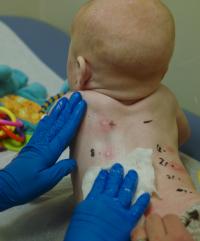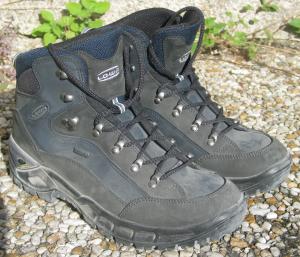Let's first introduce the topic of Earth Science by talking about the process of science. Chances are you have already heard of the "Scientific Method," which is a great method used to solve problems. The scientific method starts with curiosity and questions. You have no doubt in your life been curious about the nature of some object or phenomena. After observing you naturally begin to ask questions as to why and how these phenomena occur. An astute individual then takes an educated guess based on previous knowledge and experience to come up with a possible reason why such a phenomenon exists. In science, we call this guess a hypothesis. A hypothesis must be testable and falsifiable.
You then might try and "play" around with the phenomena to understand it better. We call this experimentation. Throughout the experiment phase the human body is constantly trying to understand what is happening via our senses: taste, touch, smell, hearing and sight. Using our senses is called observing.
Sometimes our experiment doesn't work right and so we may need to change a part of it. These changes are called variables. It is good practice to change only one variable at a time. That way if you get a different result you will know that this variable was the reason. If you change more than one, you might have to run the experiment again to test which variable caused the outcome of your experiment. There are two variable types to consider and they go hand in hand. The variable that you change is called the independent variable and the result of your test is called the dependent variable. It is also good practice to create graphs, draw representations, analyze data, and graph results in order for scientists to visually understand their tests.
Here are some examples of independent and dependent variables. Can you determine the independent and dependent variables?
- A scientist tests the idea that a vitamin could prolong a person's life expectancy.
- A scientist studies the impact on mice if they are not shown affection.
- Scientists study groups of students to see if the amount of sleep affects their ability to perform some tasks.
Now it is your turn. Come up with one science idea that contains an independent and dependent variable.
In some cases, it is very important to have control when designing an experiment. A control is used so that you can compare the results of your tests to a standard case. An example case would be allergy testing. You may have been tested for allergies before. The doctor will give you a small injection of saline solution in order to see how big of a bump your body displays when it reacts with the saline. After they have a baseline size of a skin reaction, the doctor will proceed to give your body tiny injections of the same amount of different solutions. All of these solutions will make bumps in your skin. The doctor is comparing the sizes of each allergen with the size of the saline solution. If you get a bump that is significantly larger than the saline solution your body may be allergic to it.
If through our experiment we come up with a reasonable answer we make a statement called the conclusion. The data you come up with during your experiment may be used to help you with your conclusion. If we didn't come up with a good answer to our question we may need to come up with a different question and direction and even a different method of experimenting in order to solve the problem at hand.
Here is a video of a young rock climber. You are going to design an experiment after watching this video.
In order for Brooke to climb these rocks, she wears climbing shoes. These shoes are specialized to maximize her performance and safety while climbing. With a group of students, discover which of you has the best shoes right now to go rock climbing in.
On a separate piece of paper or in a Google doc and using the scientific method, design an experiment to test the different shoes within your group that would be the best for climbing.
Include:
- Question (Question form)
- Hypothesis (Statement form)
- Observations (List form)
- The step-by-step procedure you used in designing an experiment (List or paragraph form)
- A conclusion (Statement form)












